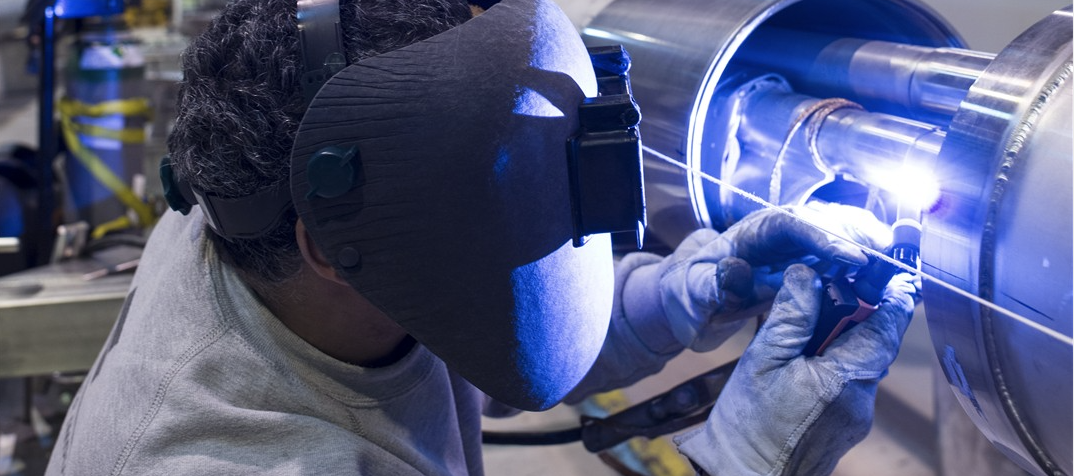CERN’s unique know-how derived from 60 years of designing, installing and operating the world’s largest cryogenics installation.
CERN's Know-How
- Design, integration and operation of large scale cryogenic systems, with proven track record on safety and reliability
- Long history of designing, engineering and operating cryogenic installations
- Cryolab with a full spectrum of testing and qualifying capability for equipment and R&D operations
Facts & Figures
- Operating temperature of 1.9 K, colder than space, across large LHC volume and distances
- Total of 40,000 leak-tight seals applied in LHC design
- 2,000 thermometric systems (installed every 20 m in 27 km cryogenic installation)
- 170 tons of helium safely installed and maintained
Value Proposition
Read more about Cryogenics here.
Key Competences
Robust Big Data Acquisition
Radiation tolerant, reliable and highly flexible large scale industrial data acquisition system capable of monitoring and operating systems equipped with thousands of sensors and controllers from a remote location.
Specifications
- Accurate measurements of cryogenic sensors
- Temperature, pressure, level, electrical power supply, ...
- Data provided in physical units
- Radiation tolerance for hostile applications
- Wide range of diagnostic parameters
- Equivalent to a multi-channel smart instrument
- WorldFIP (and soon Profinet) fieldbus communication
- Scalable to very large systems
Key Applications
Thermometric Measurement
Design, manufacture and assembly of a new type of thermometric block and support for a cryogenic thermometer measurement chain. The thermometer has been tested, produced in series and validated to function accurately under adverse environmental conditions.
Cryogenics Laboratories
Capability and facilities to perform state-of-art benchmarking of cryogenic small and large instrumentation, leveraging the CERN knowhow of heat transfer, refrigeration cycles, low temperature material properties, cryogenic engineering.

